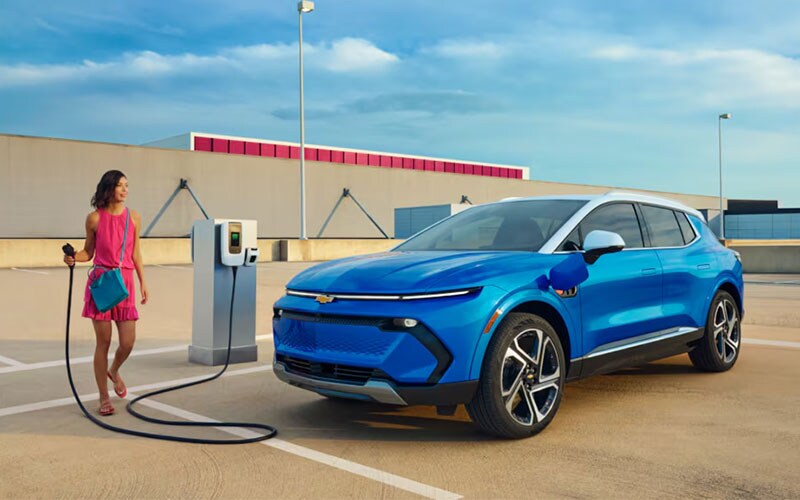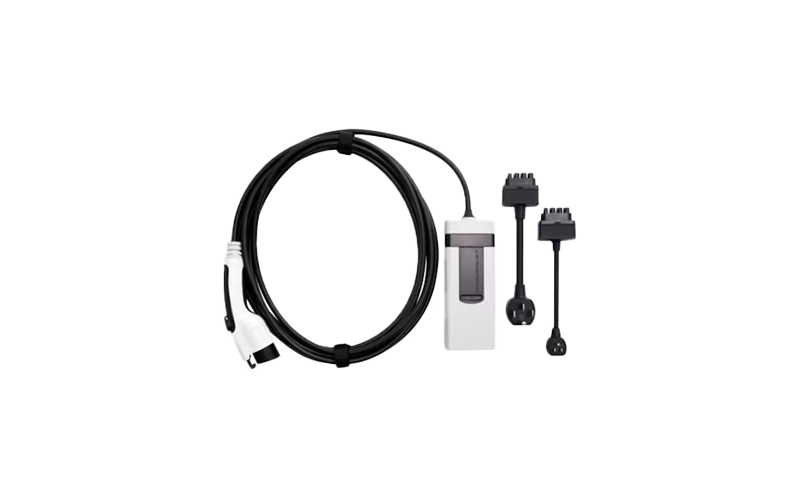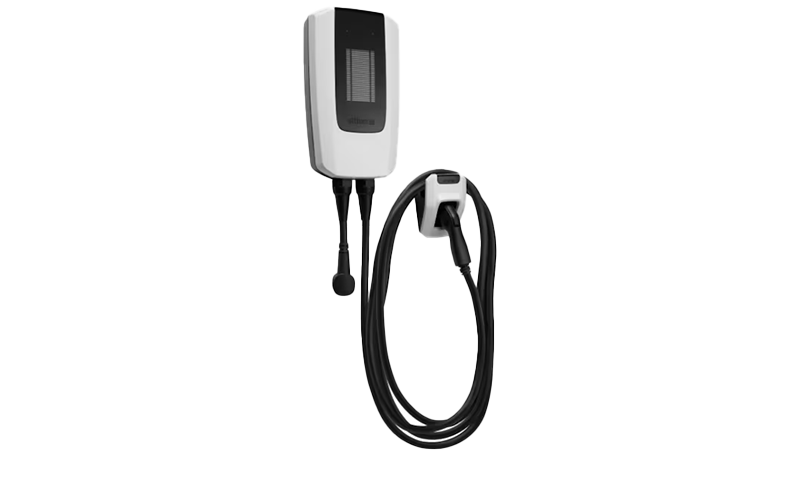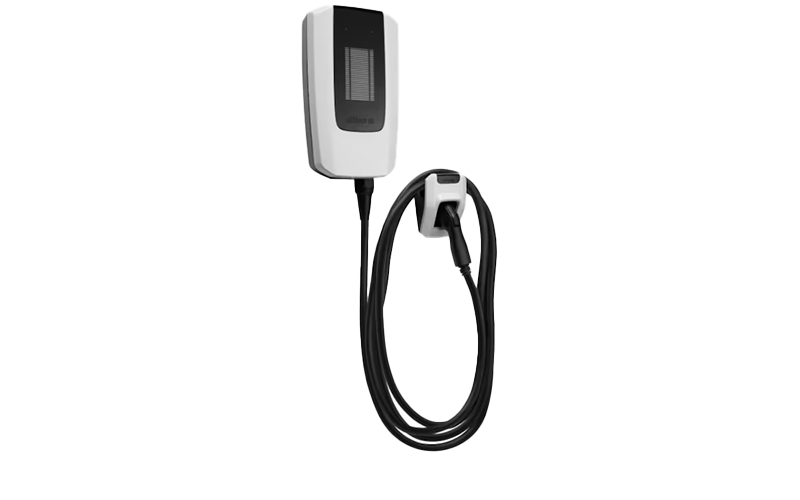
The debut of the Bolt propelled Chevrolet into the position of being one of the first manufacturers to offer an affordable all-electric vehicle. And as the market grew, so did Chevrolet's EV lineup. But even as this happens, a lot of people still have a lot of questions about electric vehicles, and specifically a lot about charging. That's why we've put together this guide to Chevy EV charging, with an emphasis on home charging, since that is where the vast majority of EV charging takes place.
EV Charging Levels Explained

The first thing to know about EV charging is that not all charging is the same. Charging is commonly broken down into three different charging levels, although there can be quite a bit of variation even within the same level. But even though the levels are just estimates of charging rates, they are still distinct enough from one another to see the differences clearly. We're including Level 3 charging here, because the list would be incomplete without it, but we should note that Level 3 charging is currently only available on public chargers, not home chargers.
Level 1 Charging
This is the easiest charging level to use, but also the slowest. Level 1 is charging from a regular 120-volt outlet, the sort you have all over your house, and very probably your garage as well. You can't beat the convenience of a charging method that's already installed everywhere, but unfortunately, you only get about 3 to 5 miles of range per hour of charging with Level 1. It's not much use in most circumstances, but it is technically possible, and still useful in an emergency.
Level 2 Charging
Level 2 is essentially defined as all 240-volt charging, and it is the most commonly used form of charging in use today. About 80 percent of all EV charging happens at home, and since Level 1 is so slow, nearly all of that 80 percent is Level 2. Home Level 2 chargers are available and affordable, and the buying process for first-time EV customers usually includes arrangements for a home charger installation. Level 2 covers a pretty wide range of charging wattages/rates, and with Chevrolet vehicles, Level 2 could mean adding anywhere from 23 to 58 miles of range per hour of charging. So it's important to check these things when looking into a home charger.
Level 3 Charging
Level 3 charging is also called DC fast charging, and it is by far the fastest charging method. For vehicles with especially large battery packs, like the Silverado EV, this means it can add hundreds of miles of range in just a half hour. Level 3 charging requires much more robust infrastructure, so it's currently only available at public charging stations. That's not such a bad thing though, outside of long road trips, most EV buyers don't really need this kind of speed when it's easy to just top up every day when you park in your garage. Charging at this kind of speed can shorten the lifespan of your battery if you do it too often as well, so home charging is both more convenient and better for the vehicle.
Home EV Charging Options From Chevrolet

Dual Level Charge Cord Set
The most basic method of charging your electric vehicle is to plug it into an existing outlet. To do this, you have the Dual Level Charge Cord Set. This set contains the plug for the vehicle, 22 feet of cable, and an interchangeable plug end. It's called Dual Level because it works with either 120-volt standard outlets or 240-volt appliance-style outlets. With the 120-volt plug, it would charge at 1.4 kW, while the 240-volt option bumps it up to 7.7 kW. Faster options are of course available, but the Dual Level Charge Cord Set is an extremely useful tool to have in a pinch.

GM PowerUP
Here we see the advantage of installing a charging station in your garage. Like the Dual Level Charge Cord, the PowerUP can plug into an existing 240-volt outlet, but it delivers a superior 11.5 kW charging rate. You also have the option of having it hardwired if there is no available outlet, although this option requires professional installation. The GM PowerUP station is an excellent mix of charging speed and ease of installation.

GM PowerUP+
If a hardwired EV charging station isn't a problem for you, then you should consider the GM PowerUP+. This doesn't have the option of using a 240-volt outlet, but it does come with the benefit of a noticeably quicker charging rate of 19.2 kW. For an Equinox EV, that means as much as 58 miles of range for every hour of charging. Though it does require professional installation, this is certainly the best option for people with longer daily commutes, or who don't always have the option of leaving their vehicle plugged in to charge for the longer periods required by other methods.